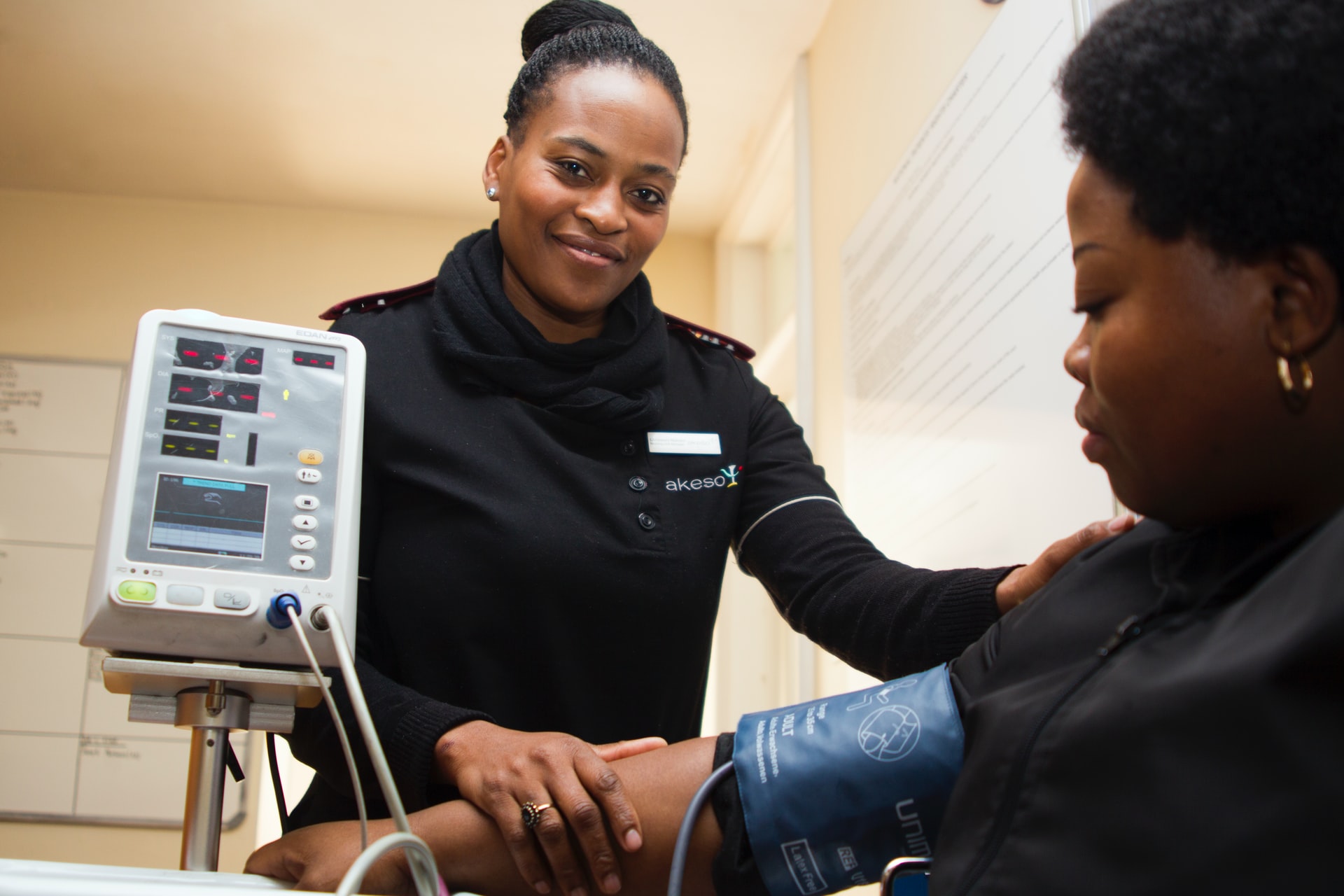The Internet of Medical Things (IoMT) can benefit healthcare centers, clinicians and patients, if applied strategically. One challenge to the increased adoption of IoMT technologies has been download speeds. As 5G networks continue to spread around the world—statistics suggest 40% of the world’s population will connect to 5G networks by 2024—we are likely to see significant changes in patient care. Following are some specific ways people are already seeing the impact of 5G on the use of IoMT technology and what the future may hold for health care and medtech.
Enabling Advancement of Smart Hospitals
The increased availability of 5G networks is acting as a catalyst for the development of smart hospitals. One study indicated 7.4 million IoMT devices will be in smart hospitals by 2026. If that happens, it would equal more than 3,850 per facility.
Smart hospitals are still not widespread. However, as the impact of IoTMT devices becomes more noticeable due to 5G, we could see more hospital decision-makers ready to make their facilities more advanced. One test case for the viability of smart hospitals on 5G networks is occuring at Bethlem Royal Hospital in South London. Planned trials include having staff record patient vitals with handheld connected devices and using artificial intelligence to create heat maps to pinpoint hospital usage.
However, people don’t need to visit a smart hospital to experience many of the associated benefits. Some widely available fitness trackers measure several health aspects and tell users if they’re within normal ranges. Consumers can then show the data to their healthcare providers.
Using 5G in health care could create similar advancements supporting patient care. A fitness tracker can warn someone if they’re overly stressed or not sleeping well. Then, the person could get advice from their doctor to address the issue. The impact of IoMT could take things even further by supporting remote patient monitoring, allowing people to recover from injuries or illnesses in familiar environments but still get continual supervision from medical professionals.
Accelerating Delivery of Essential Goods
Healthcare centers are combining the capabilities of IoMT, 5G and drone technology to deliver resources to patients in rural areas and improve efficiency within their own facilities. Some of these drones can go as fast as 80 miles per hour with a range of about 50 miles. Zipline International of Half Moon Bay, California, is working in partnership with the Rwandan government to use its drones to deliver blood and drugs to rural health centers in the country.
In another case, a German hospital utilized a 5G drone network to speed deliveries of baby formula from the central pharmacy to the right areas of a children’s hospital. The results showed that the drones made the 450-meter trip in less than 40 seconds and did not require manual control.
Supporting Surgical Collaboration
Anyone who has undergone or performed a surgical procedure knows there are both associated risks and benefits. Even the most advanced technologies can’t remove all possible risks. However, implementing 5G in health care could substantially reduce them.
For example, medical professionals can don smart glasses to see the patient as if standing in the operating room—even if the patient is in another facility miles away. This could be particularly useful for rural hospitals and patients, as it allows local surgeons to work “side-by-side” with specialty surgeons in real time.
In one recent case involving a private 5G network, medical experts in France performed a heart operation on a model patient while a doctor supervised the proceedings from Greece. Another trial at the same facility involved a connected ultrasound machine, which the remote physician could see at all times via a live stream. People participating in these tests said combining the 5G network and connected devices allowed them to provide faster patient care.
The higher download speeds offered by 5G are also supporting surgical planning. For example, one company is turning medical images into holographic content that providers can then view using smart glasses. The technology displays MRI and CT scans, ultrasound, microscope and/or endoscopy images as 3D hologram images that make the anatomical structures more visible, assisting in surgical planning and diagnoses.
These examples show the direct links between 5G in health care and the utilization and impact of IoMT devices. Making medical products or facilities smarter can lead to better patient outcomes, improved provider productivity and other notable benefits. It will take time to determine the best ways to capitalize on 5G and connected medical devices, but the payoffs are are likely to be substantial.








